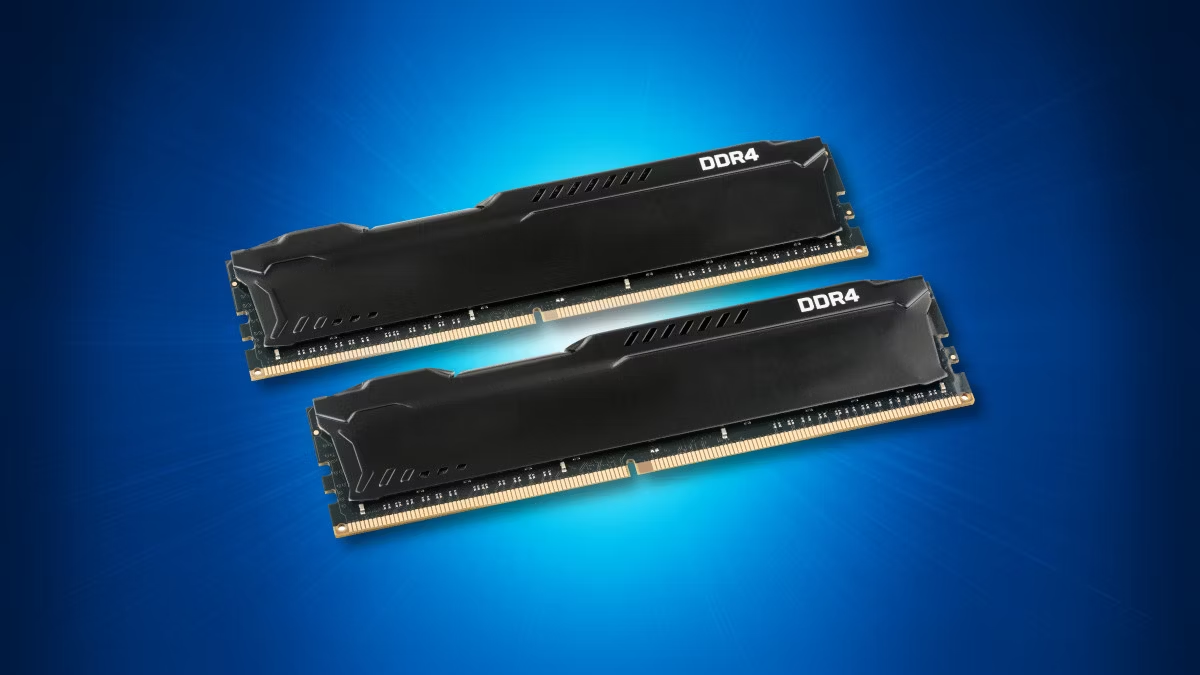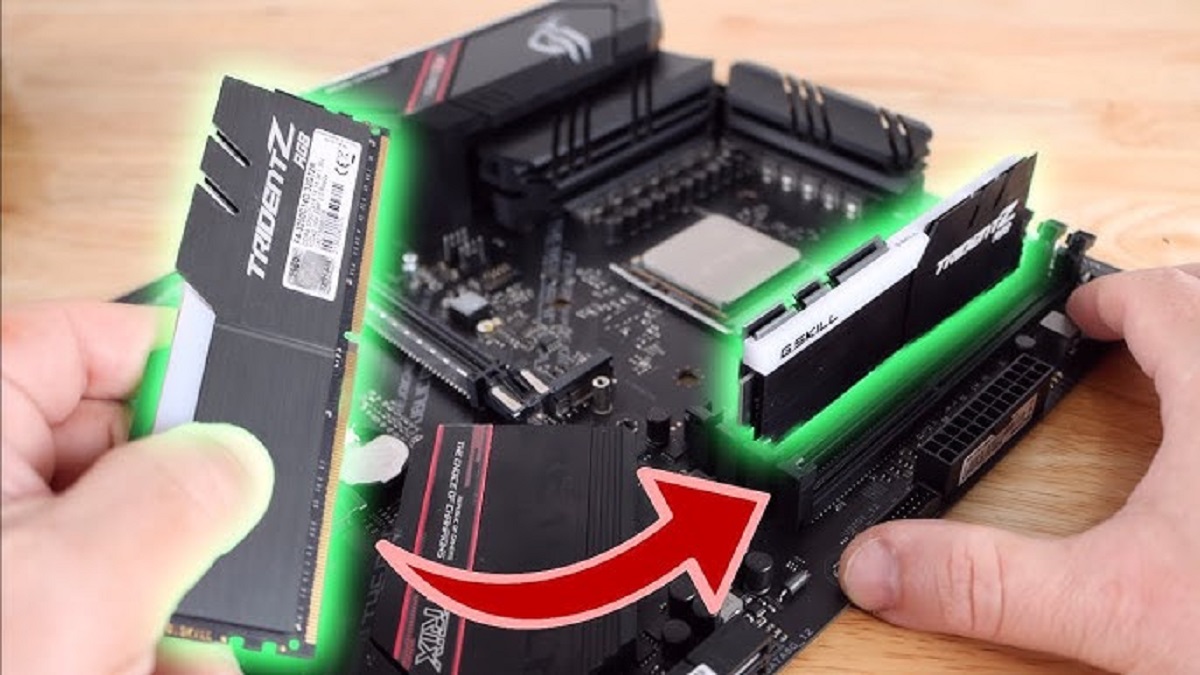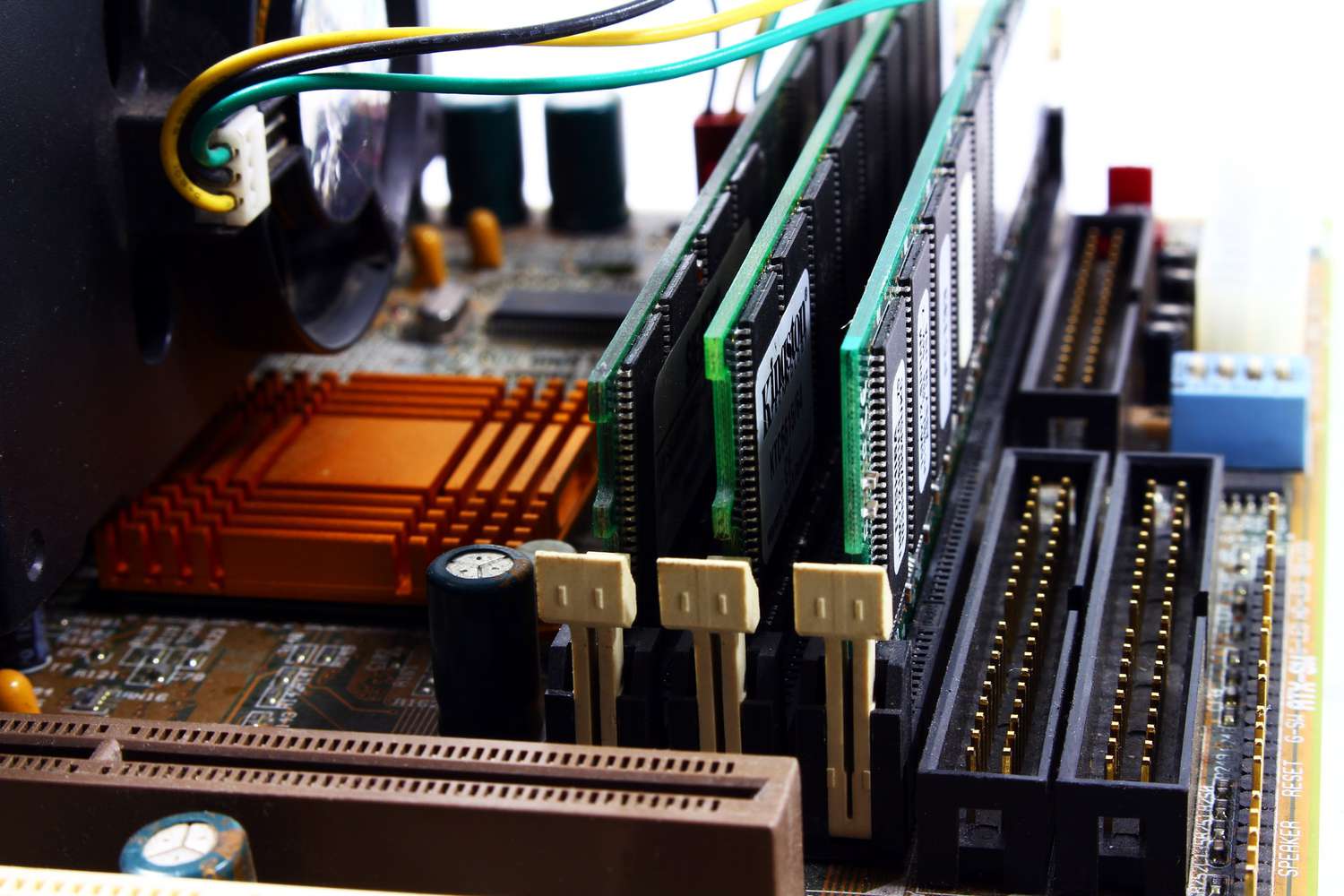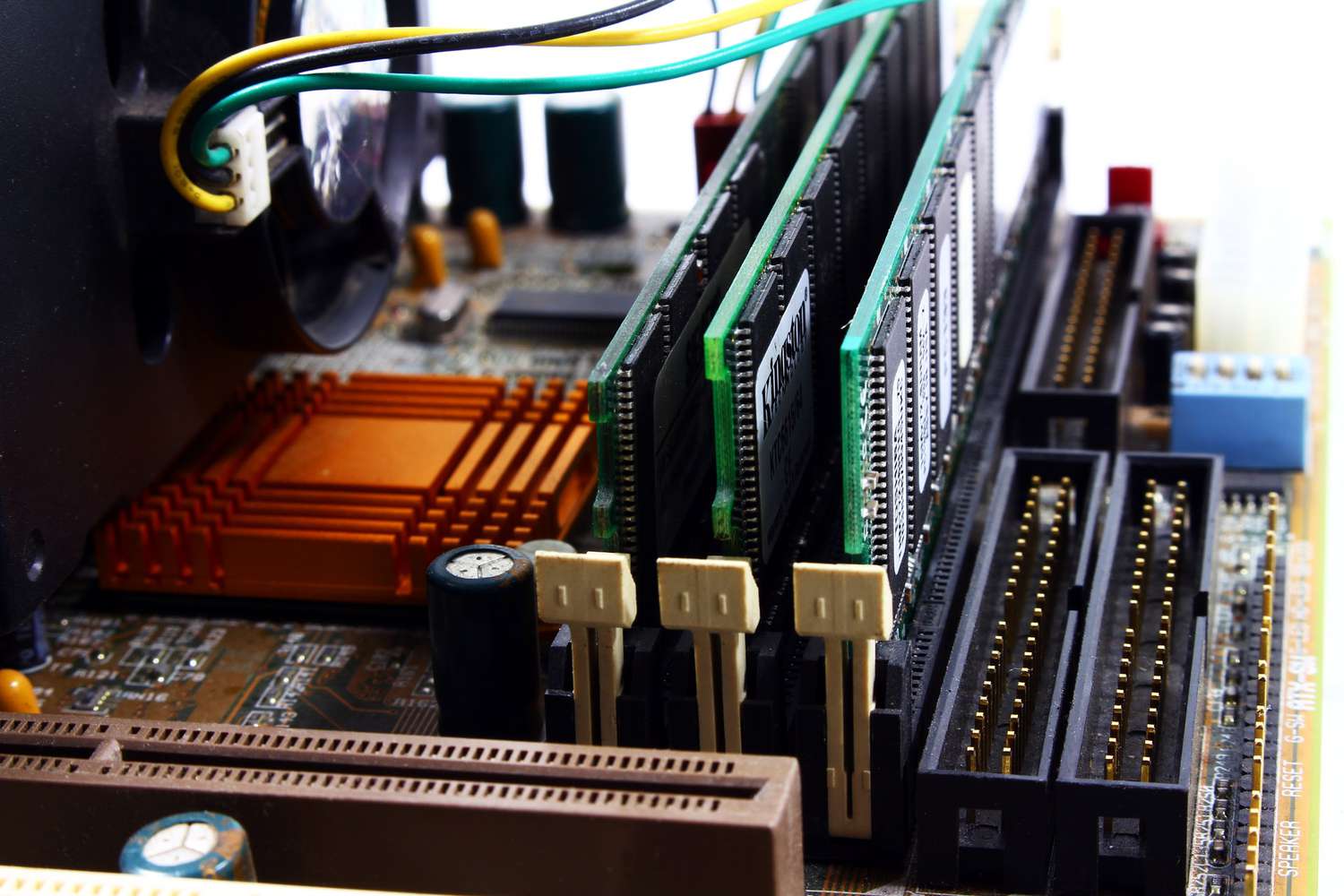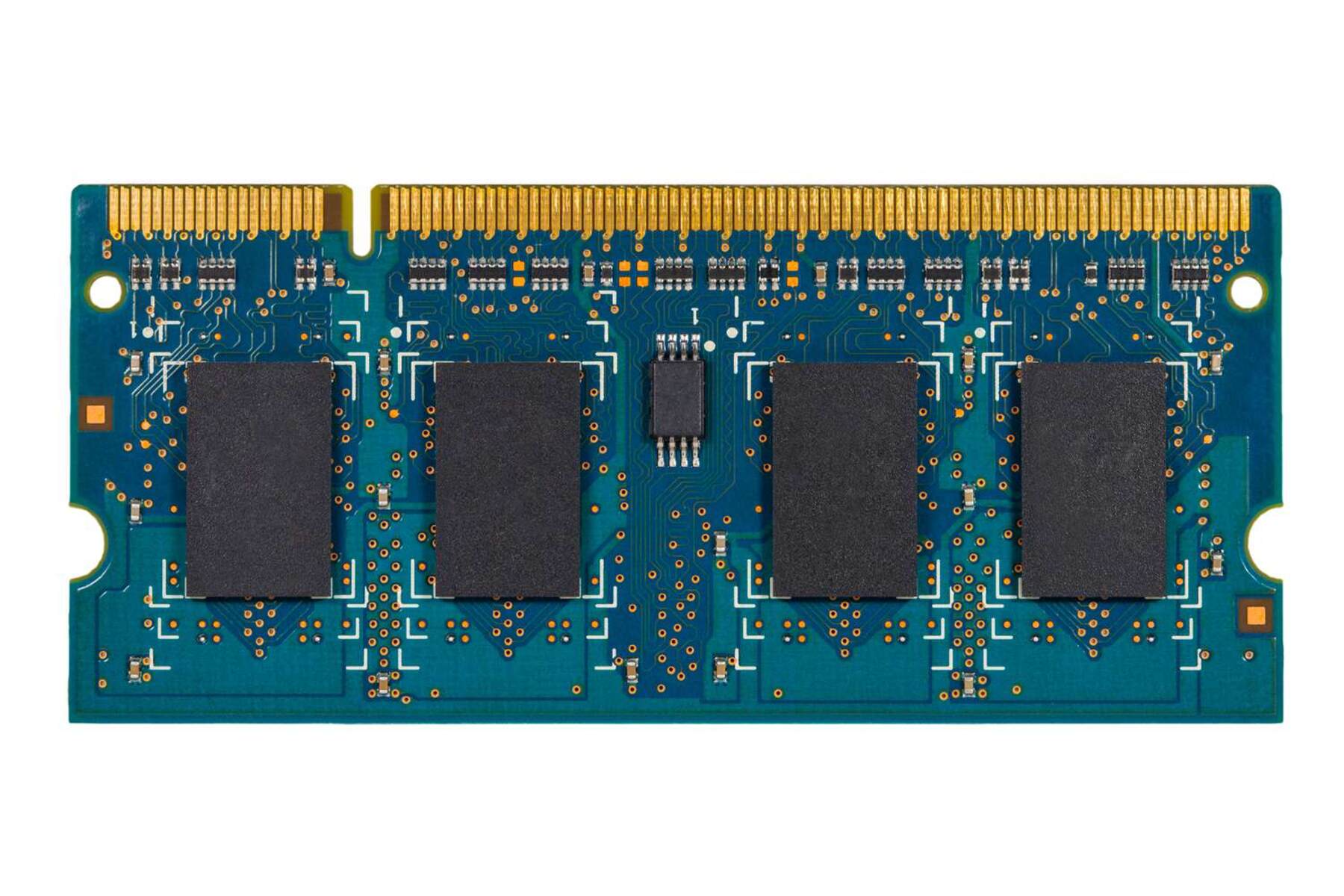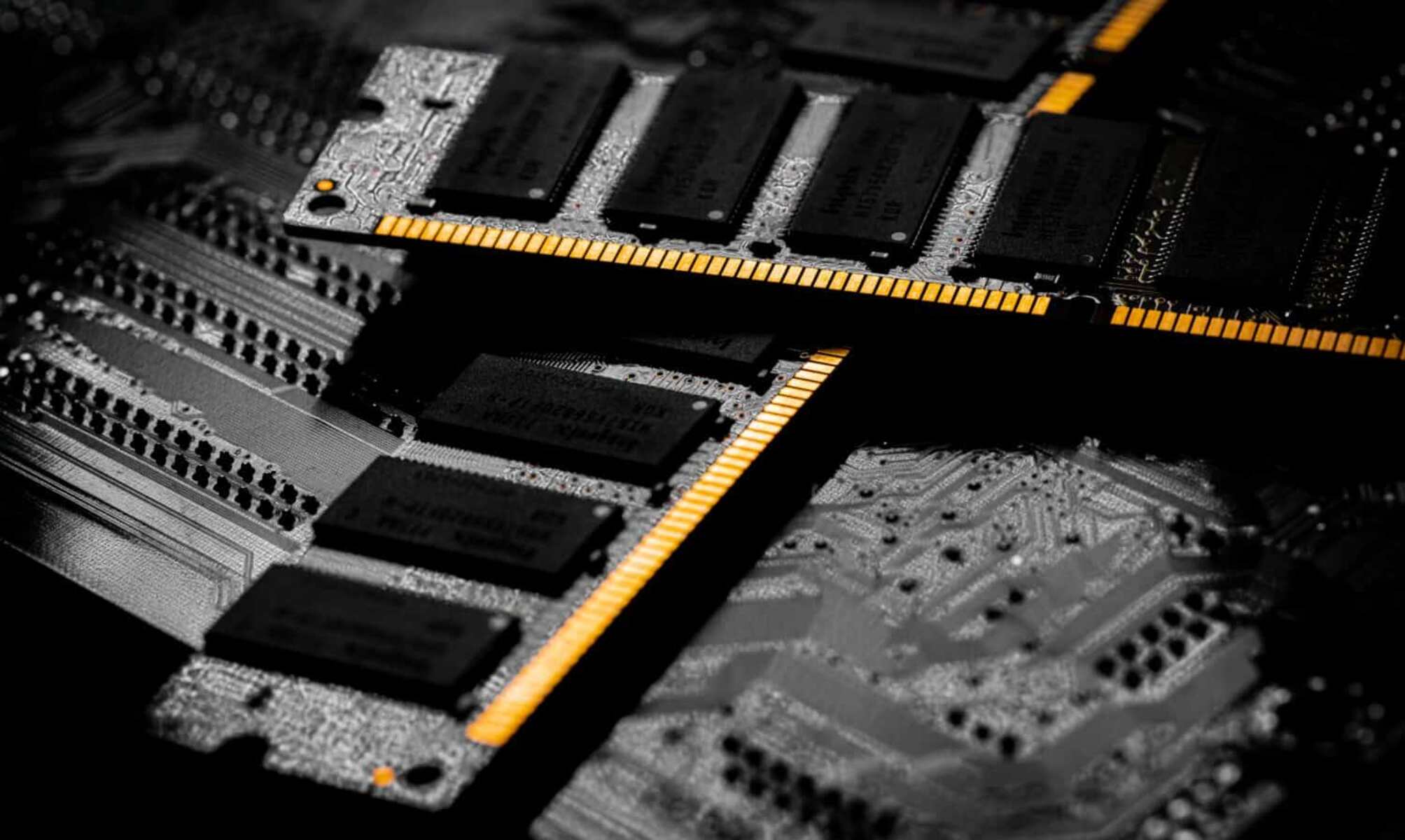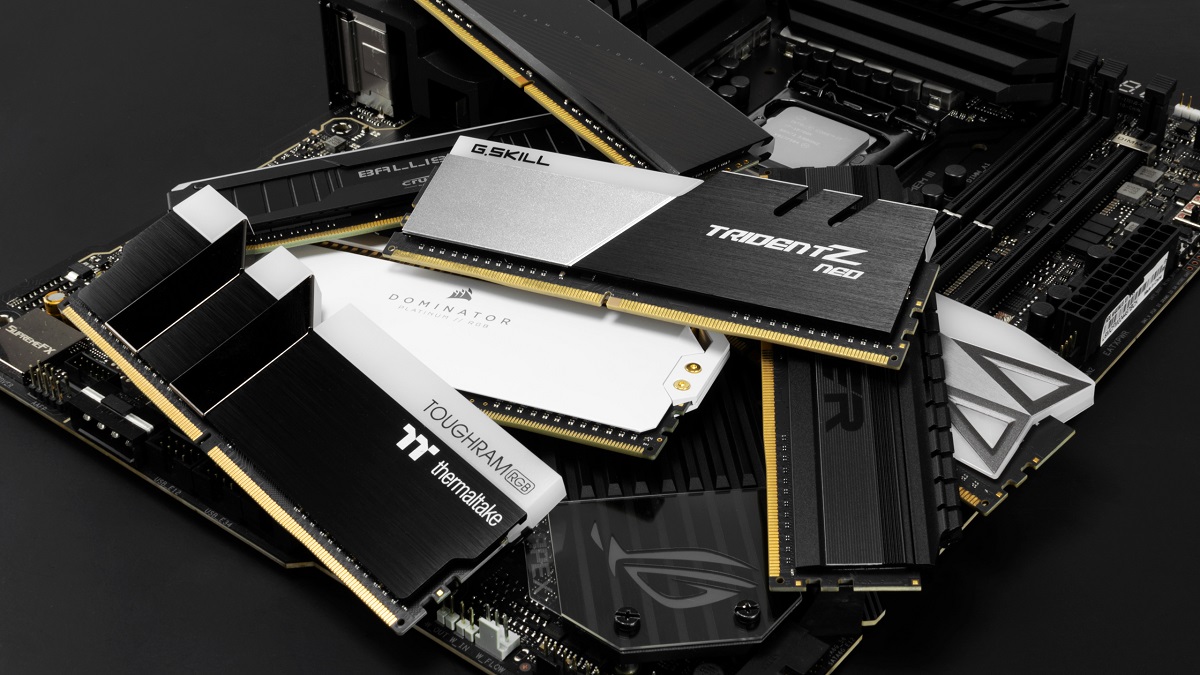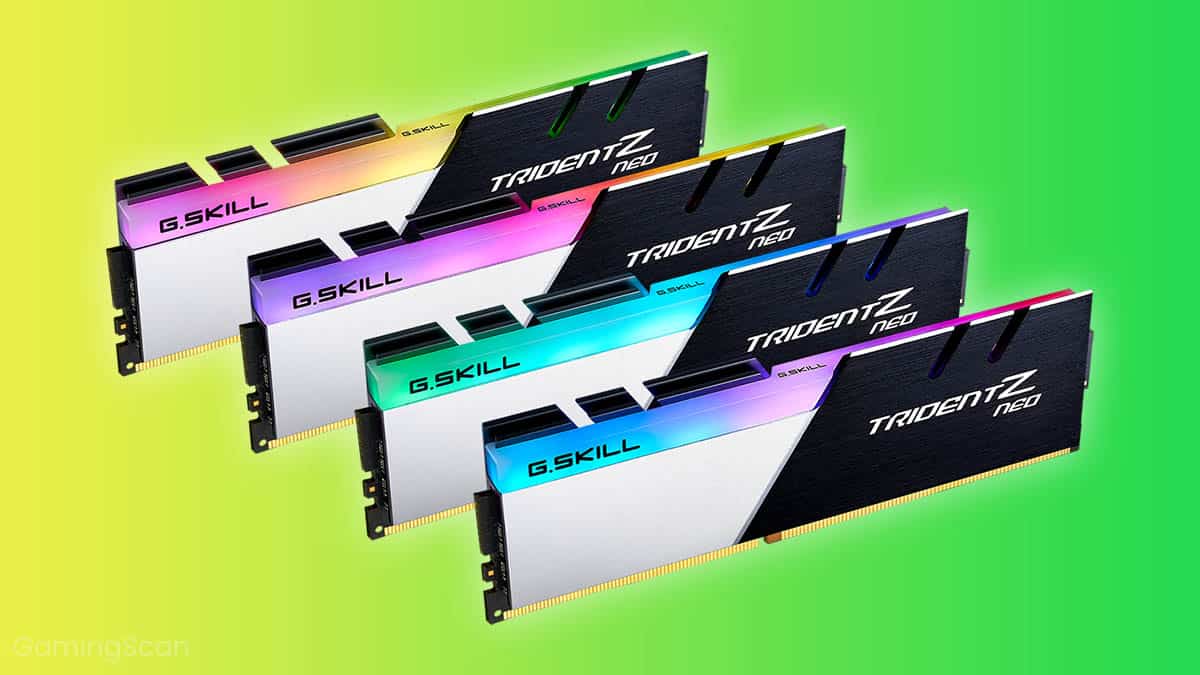Introduction
When it comes to upgrading your computer’s performance, adding more RAM is often one of the easiest and most cost-effective solutions. However, not all RAM configurations are created equal. One important factor to consider is whether your RAM is operating in dual channel mode.
Dual channel RAM refers to a technology that allows data to be transferred simultaneously across two memory modules, effectively doubling the bandwidth and improving overall system performance. This can result in faster data access and improved multitasking capabilities.
Understanding whether your RAM is running in dual channel mode is essential, as it can greatly impact your computer’s speed and responsiveness. In this article, we will explore the importance of dual channel RAM and provide various methods to check if your RAM is operating in this mode.
By the end of this article, you will have the tools and knowledge to determine if your RAM is running in dual channel mode, ensuring that your computer is operating at its optimal performance level. So, let’s dive in and learn how to check if your RAM is dual channel!
What is Dual Channel RAM?
Dual channel RAM is a memory configuration that allows for improved data transfer between the RAM and the CPU. In traditional single channel mode, data is transferred between the CPU and RAM through a single pathway, limiting the bandwidth available for data transmission.
With dual channel RAM, two identical memory modules are installed in corresponding memory slots on the motherboard. This setup effectively doubles the memory bandwidth and allows for simultaneous data transfer across both modules.
By utilizing two memory modules in dual channel mode, the CPU has access to a wider pathway for data transfer, resulting in increased memory bandwidth and improved overall system performance. This can lead to faster data access, smoother multitasking, and improved responsiveness, particularly when running memory-intensive applications or performing demanding tasks.
Dual channel RAM works by interleaving data across the two memory modules, which allows the CPU to read or write data from/to both modules simultaneously. This parallel processing of data effectively increases the speed at which data can be accessed and manipulated, providing a notable performance boost.
In order to take advantage of dual channel RAM, it is important to ensure that the memory modules installed on your motherboard are identical in terms of their size, capacity, speed, and timing specifications. Mismatched or incompatible memory modules may prevent the system from operating in dual channel mode or result in reduced performance.
Overall, dual channel RAM is a crucial factor in optimizing the performance of your computer. By leveraging the increased memory bandwidth and parallel data transfer capabilities, dual channel RAM can significantly enhance your system’s speed and responsiveness, allowing for smoother multitasking and improved overall performance.
Why is Dual Channel RAM Important?
Dual channel RAM offers several benefits that make it an important consideration for computer users looking to maximize their system’s performance.
First and foremost, dual channel RAM improves memory bandwidth, allowing for faster data transfer between the RAM and the CPU. This means that data can be accessed and processed more quickly, resulting in a snappier and more responsive system overall. Whether you’re gaming, working with large files, or running memory-intensive applications, dual channel RAM can significantly enhance your computer’s performance in these tasks.
Another advantage of dual channel RAM is its ability to facilitate smoother multitasking. With two memory modules operating in parallel, your computer has the ability to handle multiple tasks simultaneously without a significant drop in performance. This is especially beneficial for users who frequently have multiple applications running at the same time, such as content creators, programmers, or avid multitaskers.
Furthermore, dual channel RAM can enhance the performance of integrated graphics processors (IGP) found in many CPUs. Integrated graphics rely heavily on system memory, and by leveraging the increased memory bandwidth provided by dual channel RAM, IGP performance can be noticeably improved. This is especially relevant for gaming or graphic-intensive applications where smooth and fluid visuals are crucial.
It’s important to note that the benefits of dual channel RAM are most noticeable in situations where memory bandwidth is a limiting factor. If your computer’s workload primarily consists of light web browsing, document editing, or basic tasks, the difference between single channel and dual channel RAM may not be as significant.
Overall, dual channel RAM is important for those seeking to maximize their system’s performance. It provides faster memory access and data transfer, smoother multitasking capabilities, and improved performance for integrated graphics. Whether you’re a gamer, a content creator, or a power user, upgrading to dual channel RAM can greatly enhance your overall computing experience.
Checking If Your RAM is Dual Channel
Now that you understand the importance of dual channel RAM, let’s explore various methods to determine if your RAM is operating in this mode.
Method 1: Check Your Motherboard Manual
The first and easiest method is to consult your motherboard’s manual. The manual will provide detailed specifications about your motherboard’s memory configuration and whether it supports dual channel RAM. Look for information about memory slots and how they should be populated to enable dual channel mode.
Method 2: Check BIOS Settings
Another way to check if your RAM is running in dual channel mode is by accessing your computer’s BIOS settings. Restart your computer and enter the BIOS by pressing a specific key (usually Del, F2, or Esc) during the startup process. Navigate to the memory or advanced settings section and look for an option related to dual channel or memory configuration. Ensure that the settings are configured for dual channel mode if available.
Method 3: Use Third-Party Software
Several third-party software tools are available that can provide information about your RAM configuration. One such tool is CPU-Z, a popular utility that displays detailed system information, including memory configuration. Download and install CPU-Z, and then navigate to the “Memory” tab to see if your RAM is running in dual channel mode.
Method 4: Check Physical Configuration
Physically inspecting your RAM module configuration can also help you determine if your RAM is operating in dual channel mode. Start by shutting down your computer and opening the case. Locate the RAM modules on the motherboard and check if there are two identical modules placed in corresponding slots. The memory slots are usually color-coded, and you should ensure that the modules are inserted into the correct slots for dual channel operation.
By using one or more of these methods, you can easily determine if your RAM is operating in dual channel mode. Remember to ensure that your memory modules are properly matched and inserted into the correct slots to enable dual channel functionality.
Method 1: Check Your Motherboard Manual
One of the simplest and most reliable ways to determine if your RAM is running in dual channel mode is to consult your motherboard’s manual. The manual provides detailed information about your motherboard’s specifications, including its memory configuration and whether it supports dual channel RAM.
To get started, locate the manual that came with your motherboard. If you don’t have a physical copy, you can usually find a digital version on the manufacturer’s website. Once you have the manual, follow these steps:
- Open the manual and navigate to the section that covers memory or RAM.
- Look for information about memory slots and how they should be populated to enable dual channel mode.
- The manual should provide specific guidelines, such as which slots to use for dual channel operation, and how to properly install the memory modules.
- Make note of any instructions or recommendations provided in the manual.
It’s important to carefully read and follow the instructions in the manual to ensure that your RAM is properly configured for dual channel mode. Placing the memory modules in the wrong slots or mismatching them can prevent your system from operating in dual channel mode or result in reduced performance.
If you can’t find the manual or it doesn’t provide clear information about dual channel RAM, you can often find additional resources on the manufacturer’s website. Many motherboard manufacturers offer online guides, FAQs, or community forums where you can find answers to your questions.
Checking the motherboard manual is a straightforward and reliable method to determine if your RAM is running in dual channel mode. By following the recommendations provided by the manual, you can ensure that your memory modules are properly installed and configured to maximize your system’s performance.
Method 2: Check BIOS Settings
Another effective method to check if your RAM is running in dual channel mode is by accessing your computer’s BIOS settings. The BIOS (Basic Input/Output System) is firmware that initializes and controls the hardware of your computer during the startup process.
Follow these steps to check your RAM configuration in the BIOS:
- Restart your computer. As soon as it starts up, you will need to press a specific key to access the BIOS settings. The exact key varies depending on the manufacturer and model of your motherboard, but it is usually Del, F2, or Esc. Look for a message that appears briefly on the screen during startup indicating which key to press.
- Once you enter the BIOS, navigate to the memory or advanced settings section. The precise location and terminology may differ depending on your motherboard manufacturer.
- Look for an option related to dual channel or memory configuration. It may be labeled as “Memory Mode,” “Memory Configuration,” or something similar.
- If the option is available, make sure it is set to enable dual channel mode. Depending on your motherboard, you may need to select “Dual Channel,” “Interleaved,” or a similar option. Save and exit the BIOS settings to apply the changes.
It’s important to note that not all BIOS interfaces are the same, and the names and locations of options can vary. If you’re having trouble finding the specific setting related to dual channel mode, consult your motherboard’s manual or check the manufacturer’s website for guidance.
Once you have confirmed that your BIOS settings are configured for dual channel mode, your RAM should be running in the optimal configuration. Restart your computer and proceed to check if your system recognizes the RAM as running in dual channel mode.
By checking the BIOS settings, you can easily determine if your RAM is running in dual channel mode and make any necessary adjustments for optimal performance.
Method 3: Use Third-Party Software
If you’re not comfortable accessing the BIOS settings or checking the motherboard manual, you can use third-party software to determine if your RAM is running in dual channel mode. One popular tool for this purpose is CPU-Z, a free utility that provides detailed information about your computer’s hardware.
Follow these steps to check your RAM configuration using CPU-Z:
- Download and install CPU-Z from the official website. It’s available for Windows and is a lightweight program that doesn’t require installation.
- Launch CPU-Z and navigate to the “Memory” tab.
- Under the “Channels #” section, it will display either “Single” or “Dual” depending on your RAM configuration.
- If it shows “Dual” as the channel configuration, congratulations! Your RAM is running in dual channel mode. If it shows “Single,” your RAM is not configured in dual channel mode.
CPU-Z also provides additional information about your RAM, such as the type, size, speed, and timings. This can be useful for verifying that your memory modules are properly matched and installed.
It’s important to note that CPU-Z is just one example of third-party software that can provide RAM information. There are other similar tools available, so feel free to explore and find one that suits your preferences.
Using third-party software like CPU-Z simplifies the process of checking your RAM configuration. It provides a quick and easy way to verify if your RAM is running in dual channel mode without the need for technical expertise or accessing the BIOS settings.
Remember to check the documentation or support resources provided with the software if you have any questions or encounter any issues. Also, regularly check for updates to ensure compatibility with the latest hardware configurations.
Method 4: Check Physical Configuration
If you prefer a hands-on approach, you can physically inspect the configuration of your RAM modules to determine if they are operating in dual channel mode. This method allows you to visually confirm the placement and compatibility of your memory modules.
Follow these steps to check the physical configuration of your RAM:
- Start by shutting down your computer and disconnecting the power cord. Ensure that you take proper precautions to avoid static electricity discharge while working on the inside of your computer.
- Open your computer case. The method for opening the case may vary depending on the manufacturer and model of your computer. Consult the documentation or manufacturer’s website for specific instructions.
- Locate the slots on your motherboard where the RAM modules are installed. They are usually situated near the CPU, and the slots are typically labeled.
- Inspect the RAM modules to ensure they are identical in terms of their size, capacity, speed, and timings. Mismatched or incompatible memory modules can prevent your system from operating in dual channel mode.
- Check that the memory modules are properly installed in corresponding slots. Motherboards usually color-code the slots to indicate proper pairing. Make sure the modules are inserted fully and securely into the slots.
Once you have verified that the RAM modules are properly matched and installed, you can proceed to check if your system recognizes them as running in dual channel mode.
Please note that some motherboard configurations have specific rules for slot placement when using dual channel mode. Refer to your motherboard’s manual or manufacturer’s website for any special instructions or guidelines.
Checking the physical configuration of your RAM provides a hands-on way to confirm if your memory modules are properly installed for dual channel operation. It allows you to ensure that the modules are correctly matched and inserted into the correct slots, maximizing the performance of your system.
Remember to handle the RAM modules with care, avoid touching the gold contacts, and ground yourself properly to prevent any damage to the RAM or computer components.
Conclusion
In conclusion, understanding whether your RAM is running in dual channel mode is crucial for optimizing your computer’s performance. Dual channel RAM allows for faster data transfer between the CPU and RAM, resulting in improved system responsiveness and multitasking capabilities.
There are several methods available to check if your RAM is operating in dual channel mode:
- Checking your motherboard manual provides detailed information about your motherboard’s memory configuration and whether it supports dual channel RAM.
- Accessing the BIOS settings allows you to navigate to the memory configuration section and enable dual channel mode if available.
- Using third-party software like CPU-Z provides a quick and easy way to determine if your RAM is running in dual channel mode by analyzing the memory configuration.
- Physically inspecting the configuration of the RAM modules on your motherboard ensures that they are properly matched, inserted into the correct slots, and compatible for dual channel operation.
By utilizing one or more of these methods, you can confidently confirm if your RAM is running in dual channel mode, allowing for optimal system performance. Remember that for dual channel RAM configuration to work effectively, the memory modules need to be identical and installed in the correct slots.
Upgrading to dual channel RAM can significantly enhance your computer’s speed and responsiveness, making it a worthwhile investment for gamers, content creators, and power users who require high-performance computing.
Take the time to check your RAM configuration and make any necessary adjustments to ensure that you are getting the most out of your system’s memory capabilities. With dual channel RAM, you can experience faster data access, smoother multitasking, and an overall improved computing experience.









